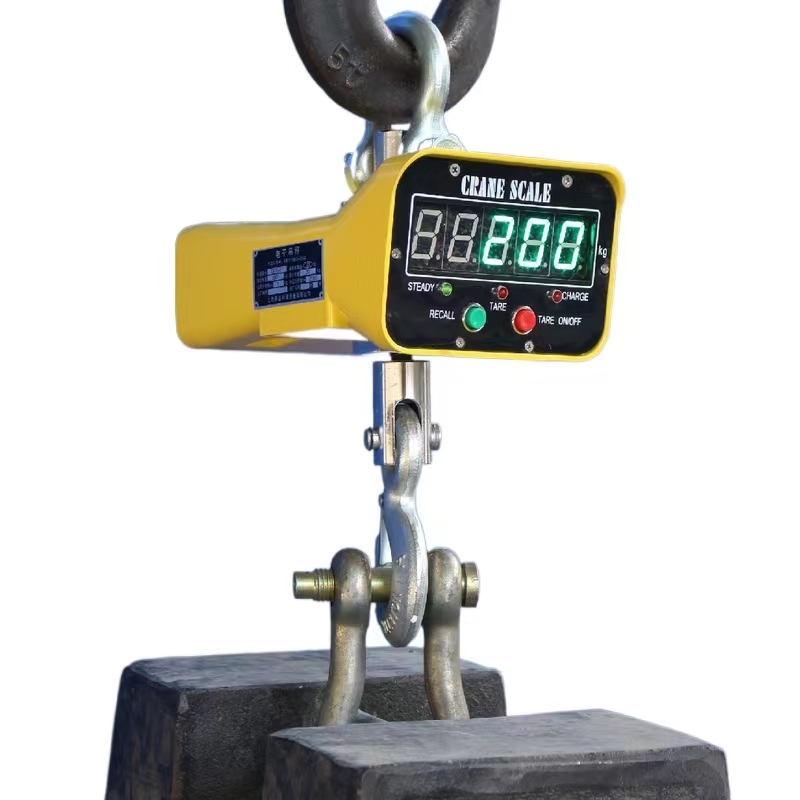


Safe Use of Chain Blocks A Comprehensive Guide
Chain blocks, also known as chain hoists, are essential tools in various industries and construction sites. They are designed to lift heavy loads efficiently and safely. However, improper use of chain blocks can lead to serious accidents and injuries. This article outlines the safe use of chain blocks, providing guidelines to ensure that operators can perform lifting tasks effectively while minimizing risks.
Understanding Chain Blocks
A chain block consists of a block and tackle system that allows for the lifting of heavy items by pulling on a chain. It usually comprises a set of gears and a lifting chain that connects to a load. When using a chain block, it is crucial to understand its specifications, including the maximum load capacity and the appropriate application parameters. Familiarizing oneself with the manufacturer's instructions is fundamental to using chain blocks safely.
Training and Certification
Before operating a chain block, it is essential for operators to undergo thorough training. Many workplaces require certification for those intending to use lifting equipment. Training should encompass understanding the operation of the chain block, load calculations, and safety protocols. Additionally, regular refresher courses are beneficial in keeping operators updated on any new regulations or technologies.
Inspection and Maintenance
Regular inspection and maintenance of chain blocks are vital for safe operation. Operators should check the equipment before each use, looking for signs of wear and tear, such as frayed chains, rust, or damaged gears. Chain blocks should be maintained according to the manufacturer’s specifications, including lubrication of moving parts and replacement of any damaged components. Keeping a maintenance log helps track the usage and condition of the equipment over time.
Correct Load Management

One of the key factors in ensuring the safe use of chain blocks is proper load management. Operators must never exceed the rated capacity of the chain block, which can lead to mechanical failure and accidents. It is also essential to ensure that the load is balanced and secured properly before lifting. Using effective rigging techniques, such as a harness or securing straps, can help distribute the load evenly and prevent it from shifting during the lift.
Environmental Considerations
The environment in which a chain block is used plays a significant role in safety. Operators must ensure that the area is free from hazards such as debris, holes, or unstable surfaces that could affect the lifting operation. Weather conditions should also be taken into account; for instance, using chain blocks in high winds or during rain can introduce additional risks. Adequate lighting is crucial for visibility, ensuring operators can see their working area clearly.
Communication and Teamwork
Effective communication is paramount in any lifting operation. Operators should establish clear signals and guidelines for team members involved in the lifting process. Utilizing hand signals or two-way radios can assist in coordinating lifts safely, ensuring that everyone is aware of the plan and potential hazards. Teamwork plays a critical role in maintaining safety, with operators looking out for one another and responsive to any concerns or issues that arise during the lift.
Emergency Preparedness
Despite all precautions, accidents can occur. Therefore, it is imperative that operators are prepared for emergencies. This includes having a clear evacuation plan and access to first aid kits. Rehearsing emergency procedures and ensuring that all team members understand their roles can help mitigate the consequences of an incident.
Conclusion
The safe use of chain blocks is essential for preventing accidents and ensuring efficient operations in lifting heavy loads. By following the guidelines outlined in this article—training operators, conducting regular inspections, managing loads effectively, considering environmental factors, fostering communication, and preparing for emergencies—workplaces can significantly reduce the risks associated with chain block usage. Safety should always be the top priority, paving the way for a secure and productive working environment.



